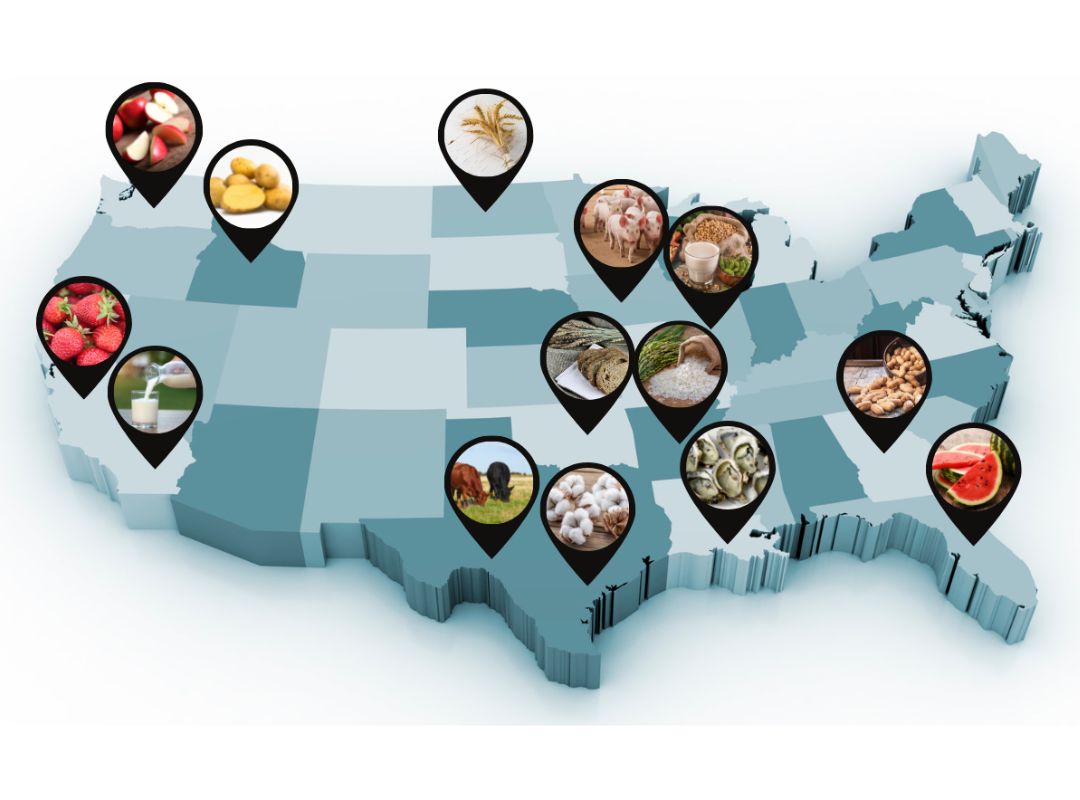
Geography and Climate for Agricultural Landscapes (Grades 9-12)
Students will discover how geography and climate influence the crops that are grown and the livestock that is raised in each state.

Students will discover how geography and climate influence the crops that are grown and the livestock that is raised in each state.
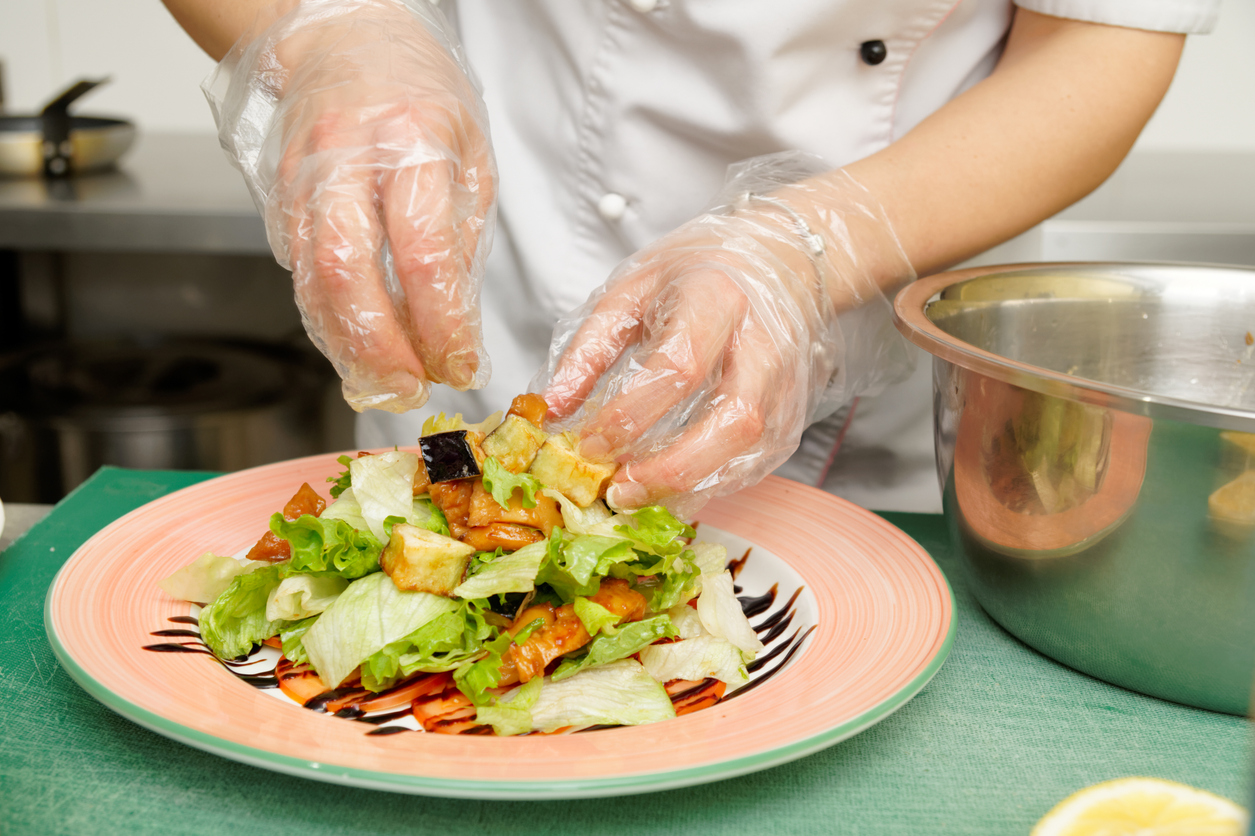
Students will understand water-based state changes that occur at varying temperatures, recognize the importance of the proper hand washing technique for general health and disease prevention, understand the factors that impact mold growth and their application to food safety, and explore ways to prevent foodborne illness.
Students will explore the varied roles that microorganisms play in the world as well as different methods for controlling their growth. Activities include using a dichotomous key to identify waterborne diseases, comparing effectiveness of handwashing techniques, reading fictional and factual excerpts about microbes, and experimenting with the growth of microorganisms on potato slices.
Students describe the steps of making flour, compare the nutritional value of different cereals, compare cooked and uncooked rice, and identify the parts of a whole grain.
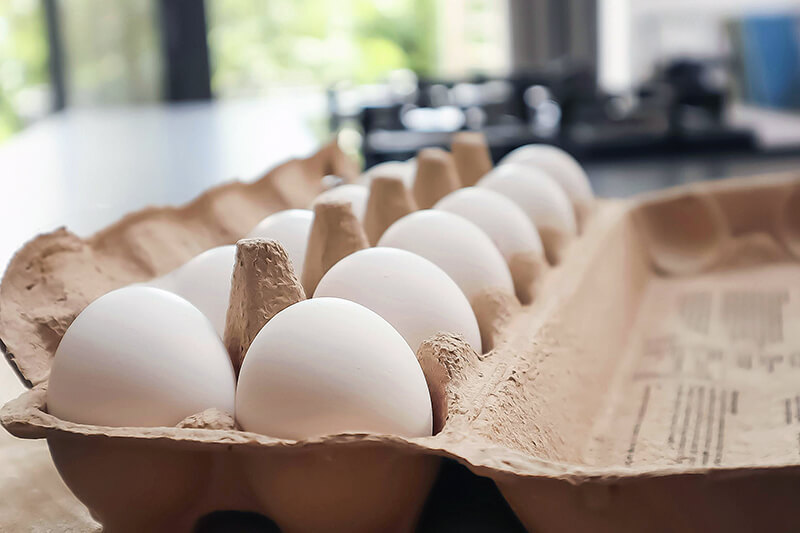
Students trace the production path of eggs, beginning on the farm and ending in their home and identify the culinary uses and nutritional benefits of eggs.
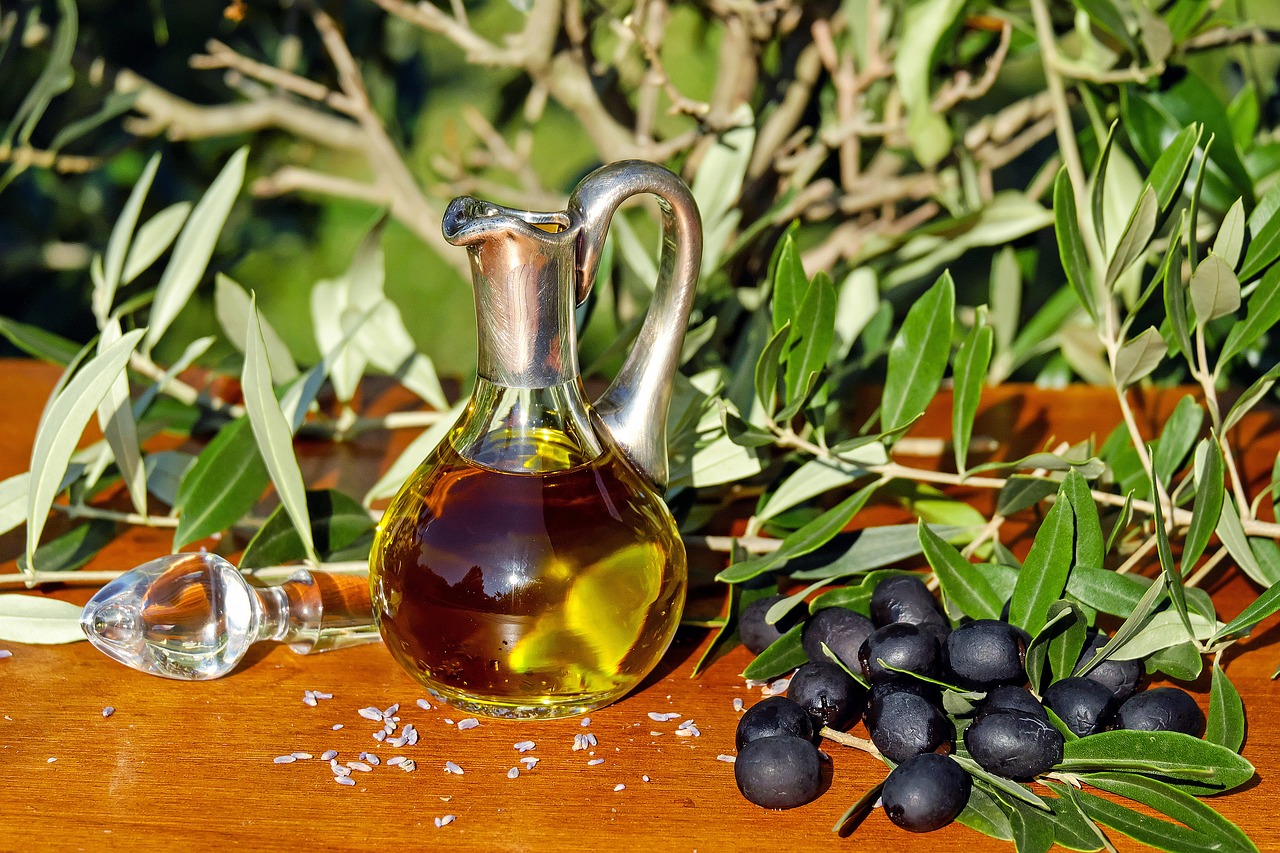
Students identify the farm source of common dietary fats, compare Nutrition Facts labels, perform a taste test of various salad dressings, learn the chemistry of emulsification, and compare regular ice cream, reduced-fat ice cream and fat-free ice cream.
Students develop a working vocabulary regarding food, categorize foods by their sources, examine grocery ads, learn about food production, and apply what they learned by analyzing foods they eat at a particular meal.
Students determine where fruits grow and their nutritional value by completing an activity to observe the size, shape, texture, and seeds of various fruits.
Students identify how the basic needs of a growing chick are met during egg incubation, diagram the parts of an egg, and hatch eggs in class.
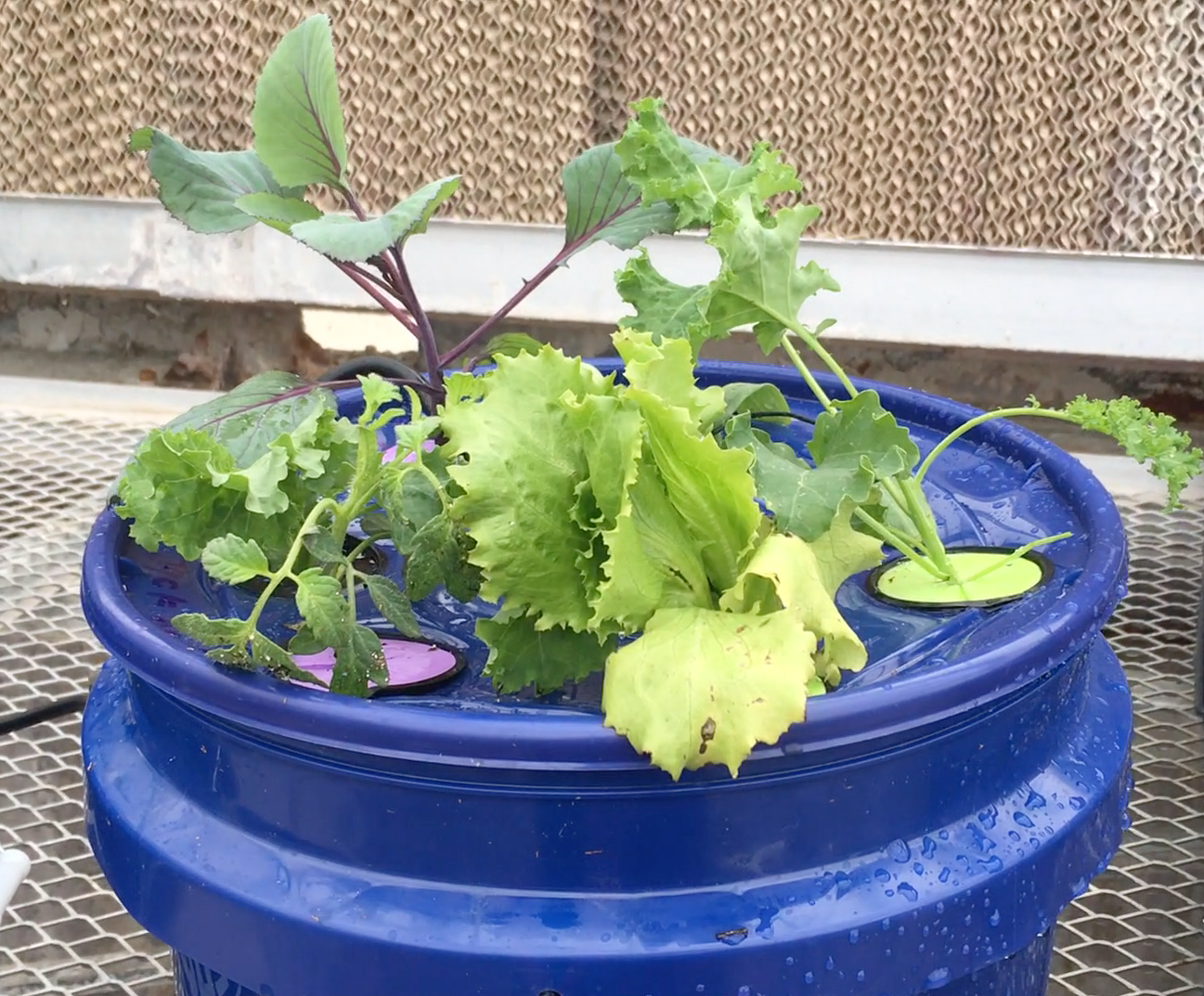
Students will use the Engineering Design Process to develop and construct an aeroponic garden to grow a food crop. Students will develop and apply an understanding of plant anatomy and physiology related to plant growth and ultimately discuss the possibilities and limitations of using vertical farming to produce our food.

Students will use the Engineering Design Process to develop and construct an aeroponic garden to grow a food crop. Students will develop and apply an understanding of plant anatomy and physiology related to plant growth and ultimately discuss the possibilities and limitations of using vertical farming to produce our food.
Students explore organic and conventional farming practices by analyzing multimedia texts to investigate the differences between conventionally and organically grown apples.